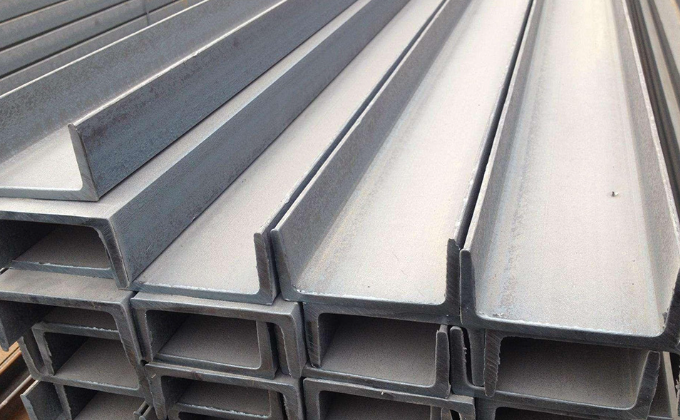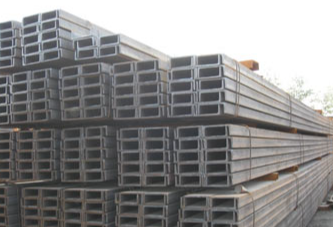Channel Steel: Structural Profile and Applications
Channel steel, commonly referred to as C-channel or U-channel, is a long, linear metal profile with a distinctive U-shaped cross-section. It consists of a vertical "web" connecting two parallel horizontal "flanges," forming a groove-like structure. This design provides excellent load-bearing capacity and bending resistance, making it a versatile component in construction and industrial applications.
CREDIT

Types and Specifications
Standard channel steel is categorized by dimensions (height, flange width, web thickness) and production standards. For instance, American C-channels follow ASTM standards, while European UPE/UPN channels adhere to DIN norms. Channels are available in hot-rolled or cold-formed variants. Hot-rolled channels (thicker, heavier) suit high-stress structural projects, whereas cold-formed channels (lighter, precise dimensions) are ideal for lightweight frameworks.

Materials
Most channels are carbon steel (Q235, SS400, etc.) due to its strength and cost-effectiveness. Stainless steel, aluminum, or galvanized variants are used for corrosion resistance in harsh environments like chemical plants or marine structures.
Key Advantages
Strength-to-Weight Ratio: The U-shape optimizes material distribution, resisting torsion and bending with minimal weight.
Modularity: Channels can be bolted, welded, or assembled into trusses, frames, or support systems.
Cost Efficiency: Simplified fabrication reduces labor and material costs compared to custom-built structures.
Applications
Construction: Roof purlins, wall girts, mezzanine beams, and bridge components.
Machinery: Equipment frames, conveyor supports, and machine guardrails.
Transportation: Truck chassis, trailer beds, and railway infrastructure.
Utilities: Cable trays, solar panel mounts, and drainage systems.
Installation Considerations
Proper alignment and connection methods (e.g., gusset plates for joints) are critical to maintain structural integrity. Engineers often combine channels with I-beams or angle steel for complex load requirements.
In summary, channel steel's adaptability, durability, and economic efficiency solidify its role as a foundational element in modern engineering and architecture.
